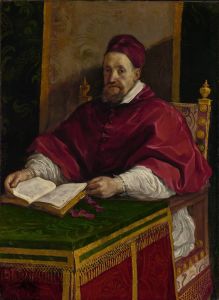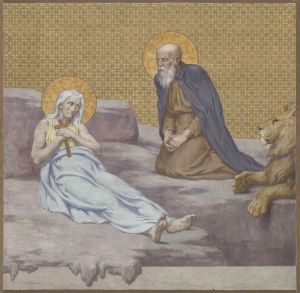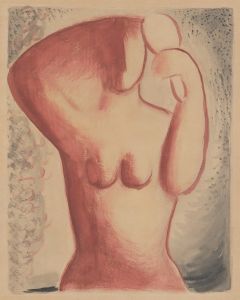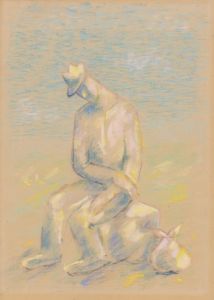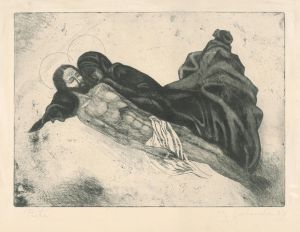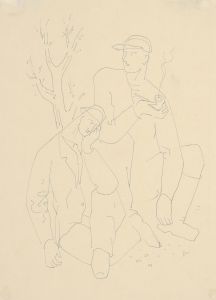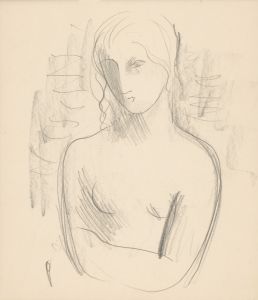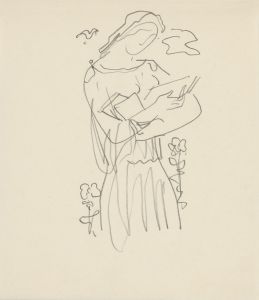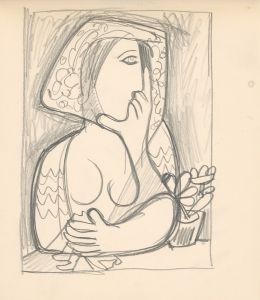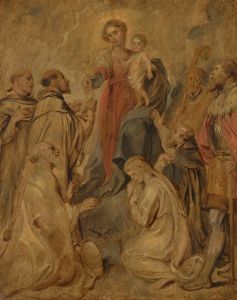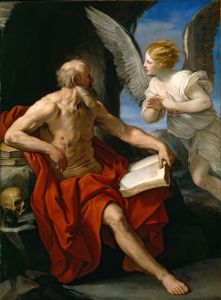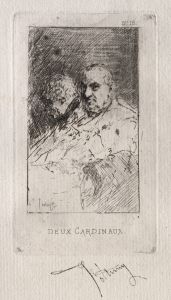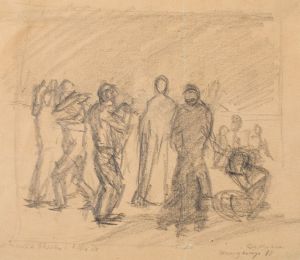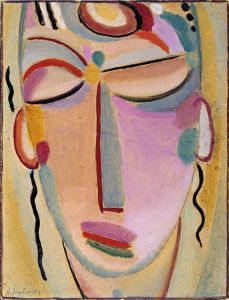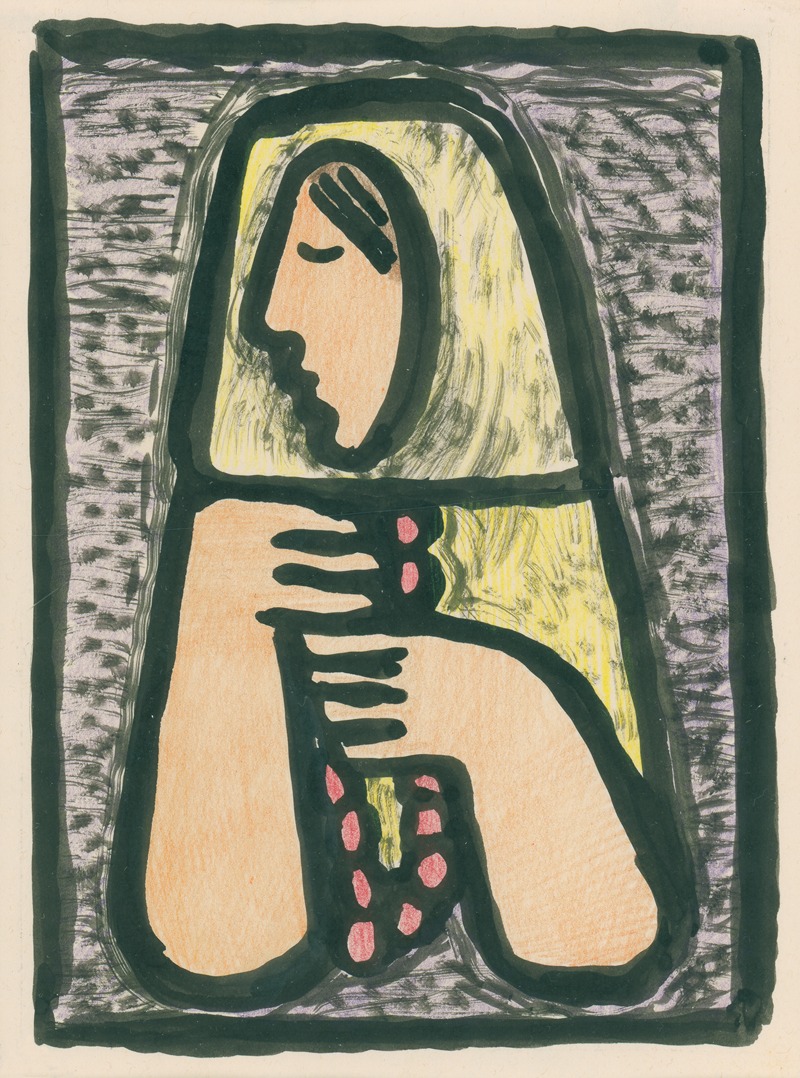
Woman with a Rosary
A hand-painted replica of Mikuláš Galanda’s masterpiece Woman with a Rosary, meticulously crafted by professional artists to capture the true essence of the original. Each piece is created with museum-quality canvas and rare mineral pigments, carefully painted by experienced artists with delicate brushstrokes and rich, layered colors to perfectly recreate the texture of the original artwork. Unlike machine-printed reproductions, this hand-painted version brings the painting to life, infused with the artist’s emotions and skill in every stroke. Whether for personal collection or home decoration, it instantly elevates the artistic atmosphere of any space.
Mikuláš Galanda was a prominent Slovak painter and illustrator, known for his contributions to modern art in Slovakia during the early 20th century. He was a key figure in the development of Slovak modernism and played a significant role in the avant-garde movement. Galanda's work is characterized by its exploration of form, color, and the human figure, often reflecting the social and cultural changes of his time.
"Woman with a Rosary" is one of Galanda's notable works, although specific details about the painting, such as its creation date or current location, are not widely documented. The painting is representative of Galanda's style, which often included depictions of women and explored themes of spirituality and introspection. The use of a rosary in the painting suggests a connection to religious or spiritual themes, which were common in Galanda's work as he often sought to capture the essence of Slovak identity and tradition.
Galanda was born on May 4, 1895, in Turčianske Teplice, then part of Austria-Hungary, now Slovakia. He studied at the Academy of Fine Arts in Budapest and later at the Academy of Fine Arts in Prague, where he was influenced by the European avant-garde movements, including Cubism and Expressionism. His education and exposure to these movements greatly influenced his artistic style, which combined elements of modernism with traditional Slovak motifs.
Throughout his career, Galanda was involved in various artistic groups and movements. He was a member of the "Generation 1909," a group of Slovak artists who were instrumental in introducing modernist ideas to Slovak art. He also contributed to the magazine "DAV," which was associated with leftist intellectuals and artists in Slovakia. Galanda's work often reflected his interest in social issues and his desire to express the cultural and national identity of Slovakia.
Galanda's artistic legacy is significant in Slovak art history. He, along with Ľudovít Fulla, is credited with establishing the foundations of modern Slovak art. Their collaborative work, known as the "Galanda-Group," was influential in shaping the direction of Slovak visual arts in the 20th century. Galanda's innovative approach to form and color, as well as his exploration of Slovak themes, left a lasting impact on future generations of artists.
Despite his relatively short life—Galanda passed away on June 5, 1938, at the age of 43—his work continues to be celebrated for its artistic and cultural significance. "Woman with a Rosary," like many of his other works, exemplifies his ability to blend modernist techniques with traditional themes, creating a unique and enduring contribution to the world of art.
In summary, while specific details about "Woman with a Rosary" are limited, Mikuláš Galanda's influence on Slovak modernism and his exploration of cultural themes are well-documented. His work remains an important part of Slovakia's artistic heritage, reflecting both the modernist movement and the rich cultural traditions of his homeland.





